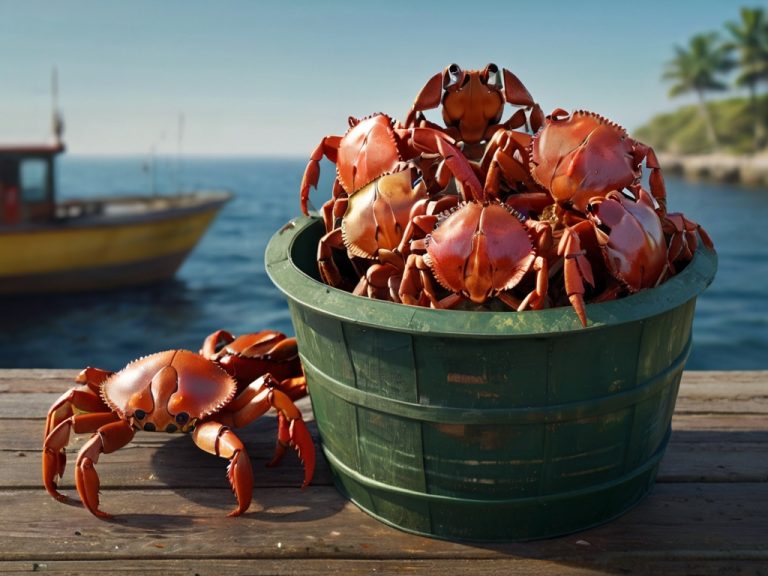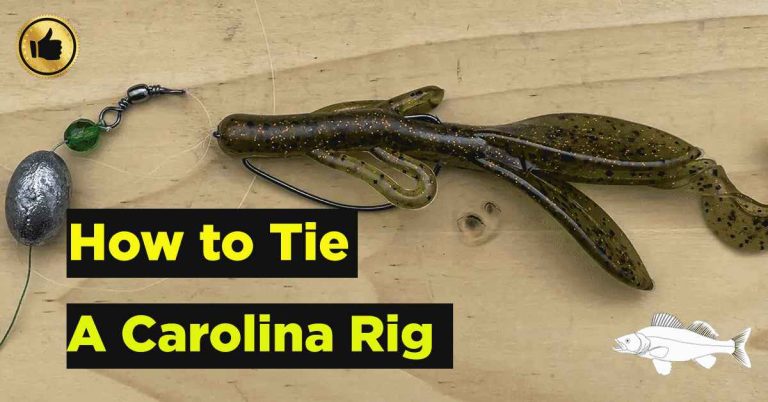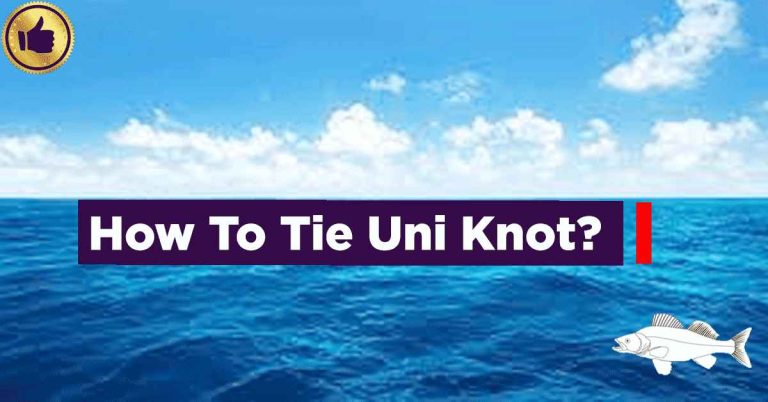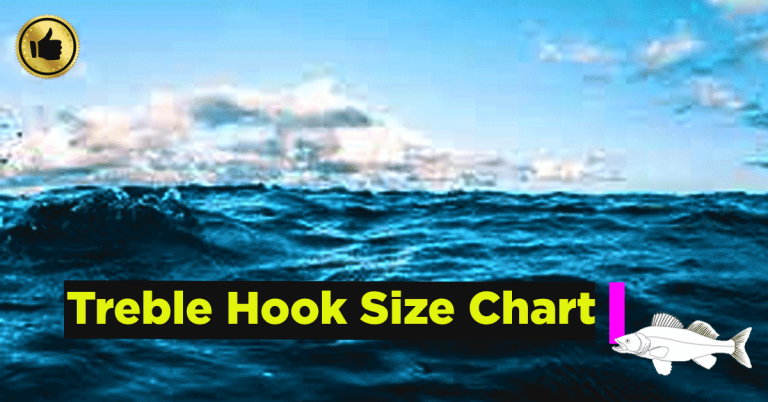What do Bass Eat?
Bass are popular game fish all over North America due to their appetite for combat and abundance in diverse aquatic environments. Anglers seeking to increase their capture rates must have a thorough understanding of what do bass eat. This article will discuss the eating habits of bass, including the best lures and baits to use and the foods they eat in different environments and seasons.
One of the most popular game fish, bass, may be caught more easily if you know what do largemouth bass eat or what do smallmouth bass eat? Let’s discuss the answers of all your questions here.

What do Bass eat?
According to availability, bass eat a range of prey. In water bodies like rivers, streams, and reservoirs, bass prey on smaller fish. Small fish like minnows, perch, and sunfish are sometimes consumed by adult bass. Their typical dietary intake includes:
Insects: A diverse array of insects, such as mayflies, dragonflies, and beetles, are consumed by bass. Due to their frequent presence near the water’s surface, these invertebrates are a prime prey for bass. Small fish, including sunfish, minnows, and shad, constitute the majority of the diet of bass. Bass are known to be predators, and they often sneak up on groups of baitfish.
Crustaceans: Crayfish are a preferred prey of bass, especially in places where they are widespread. Crayfish rely on the solid shell to supply bass with vital nutrients.
Others: Bass will also consume amphibians, including frogs, tadpoles, and small aquatic birds, especially near shallow, weedy areas.
Moreover, eating rats and worms, bass have been observed consuming leeches and small mammals.
When do Bass eat?
Catching more bass requires knowing when they are most likely to be feeding. During the day, bass have photopic vision, whereas at night they have scotopic vision. This means that during the day, bass sacrifice depth and colour perception in exchange for more light, and vice versa during the night. Because of their superior vision, bass are most active in the early morning and late evening. You’ll observe bass bullying shad into being bait at night if you fish often enough.
Bass Seasonal Variations in Diet
The diet of bass can vary widely with the seasons: People also concern about where do bass go in winter. The metabolic rate of bass decreases during the winter, and they feed less often.
Spring: Bass become increasingly active and eat huge quantities of baitfish and crustaceans as water temps increase in the spring.
Summer: During the summer, bass survive on a variety of prey, such as small fish and insects, and seek out calmer, deeper waters.
Autumn: In autumn, in expectation of winter, bass are involved in voracious feeding on swarms of baitfish.
Winter: They frequently pursue prey that moves more slowly, such as crustaceans and other bottom-dwelling organisms.
How Do Variations in Bass Diets
We’ve determined that different fish species have varying nutritional requirements. On the other hand, there are certain commonalities between largemouth and smallmouth bass.
Unlike with behavioural characteristics like stripes, scales, fins, and mouth position, it is challenging to differentiate between the two species based just on diet. Both animals are predators that find aquatic life to be an appetising meal.
Best Lures and Baits for Bass Fishing
You may put in more thought into choosing winter bass fishing lures once you have a firm grasp on the fishing place you plan to visit. When fishing in rapid water, you should use heavier line to prevent your bait from being washed away too quickly and destroying your presentation. That cuts down on the variety of lures at your disposal. Why? Because finding a suitable companion for the queue is essential.
- Soft plastic lures, such as swimbaits, worms, and crawfish imitations, prove successful at simulating natural prey.
- Crankbaits act by emulating injured fish, hence efficiently stimulating the predatory tendencies of bass.
- Jigs: For mimicking crawfish, jigs topped with trailers such as pork rinds or flexible plastic objects are ideal.
When fishing in still water, such lakes or reservoirs, you have more alternatives for lures. Jigs, crankbaits, live bait, soft-body worms, and tubes are just some of the lures you may experiment with until you find the one that the bass can’t resist.

What do largemouth bass eat
Long-lived fish like the largemouth bass have been chowing down for some time. Due to their keen sense of smell and lightning-fast reflexes, largemouth bass are excellent predators. Getting prey that have sought refuge in the crevices of rocks, grass, or submerged tree roots and branches. In my perspective, largemouth bass are highly adaptable predators and opportunistic eaters.
Natural fare for largemouths is similar to that of smallmouths. They have a willingness to take advantages and aim high. However, bigger pike, walleye, and muskie can’t be caught by them. These aquatic creatures choose a diet heavy on largemouth bass. Unless easier pickings may be found nearby.Smallmouth bass feeding behaviour.
largemouth bass habitat
The largemouth bass is a freshwater fish that may be found in a wide variety of environments. They were first found in the Great Lakes and Atlantic coast regions, but have subsequently spread to freshwater systems nationwide.
The largemouth bass is often regarded as one of the best sport fish. That’s why you’ll find them at water storage facilities across the United States. Largemouth bass may be found across the lower 48 states, but are particularly abundant in the Southeast. Largemouth bass, sometimes known as bucketmouth bass, are so adaptable that they may be found in all states except Alaska.
What do White Bass Eat?
White bass may be caught in freshwater rivers and lakes all throughout North America, making them a popular game fish. Anglers love catching them because of their spirited personalities. White bass are captured using both artificial lures and live bait, as they graze on tiny baitfish and insects.
What do smallmouth bass eat?
Smallmouth bass diets are more environmentally friendly. Because they favour cleaner, faster-moving rivers and streams. Smallmouth bass eat crayfish, which are abundant in winter and autumn. Bugs will thrive where water flows.
Smallmouth bass eat differently in moving water. Here, they stealthily bottom feed instead of prowling predatorily. Moving rocks and other obstacles exposes crayfish, insect nymphs, and other hidden creatures. Summer smallmouth bass consume darters and sculpins from rock cracks. Insects hatch abundantly this time of year, providing more food.
Red Bass
A saltwater fish native to the Gulf of Mexico and Atlantic coast of the United States, the Red bass goes by several other common names. They are commonly caught with live bait or artificial lures because to their high value and white, firm meat. Fishing for red bass may be difficult since they can reach 60 inches in length and 90 pounds in weight.

If you know how bass look for food and where to get it, you may adjust your lure and line techniques to catch more bass. They are carnivorous, therefore a lure body or caravan that imitates a living or injured species is a good idea.
FAQs
1.Can You Eat Bass?
Yes, bass is widely used as both a food and sport fish. However, it’s important to keep in mind that state laws on fishing and food may differ. Before deciding to consume bass, you should research local fishing laws and safety precautions.
2.Why do Bass Hunt?
Bass, in their natural habitat, need to be predatory fish. They mostly eat things like smaller fish, insects, and crustaceans. Hunting allows them to maintain their strength and grow to their full potential. Bass anglers would do well to study the habits and diet of their target species to increase their success rates.
You can also read “Best Bass Baits”
Conclusion
Every fisherman serious about catching bass has to have a firm grasp on the foods that bass prefer. There are a lot of things to think about while fishing for bass, from their natural diet to the usage of artificial baits and methods. The information in this essay will have you well on your way to becoming a proficient bass angler. Get ready to go the water and fish for bass; they are waiting for you.
For More Fishing Gears Visit Fishing gain.






